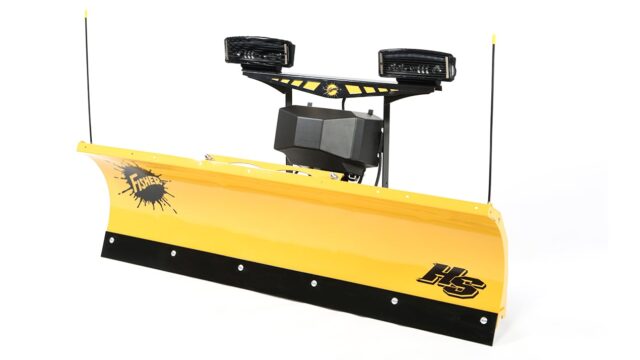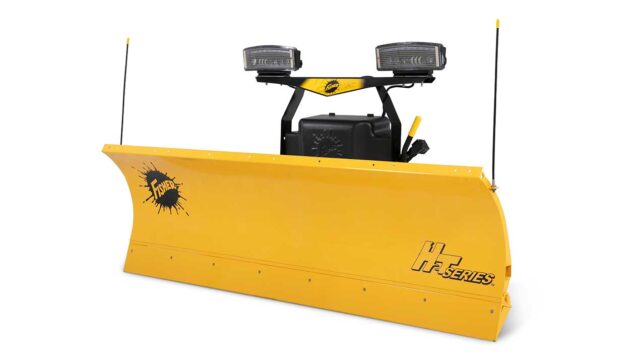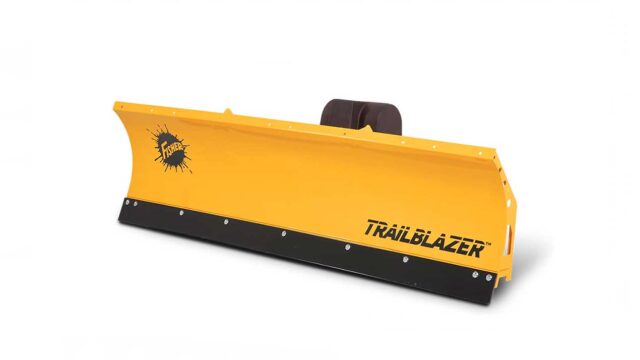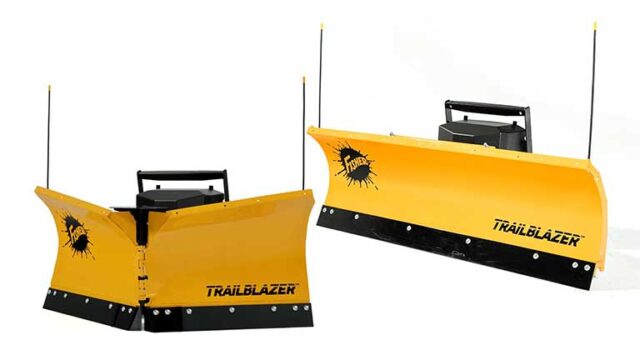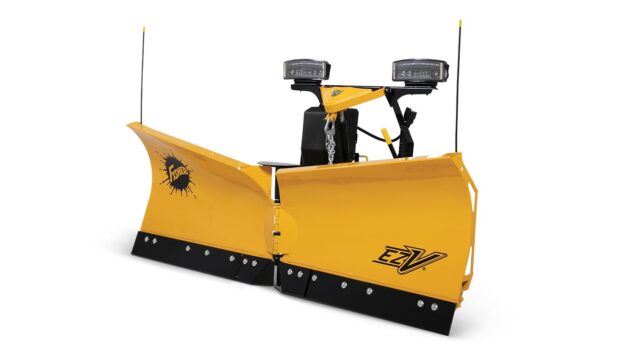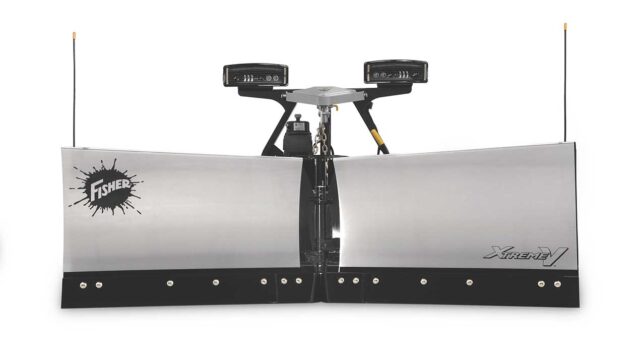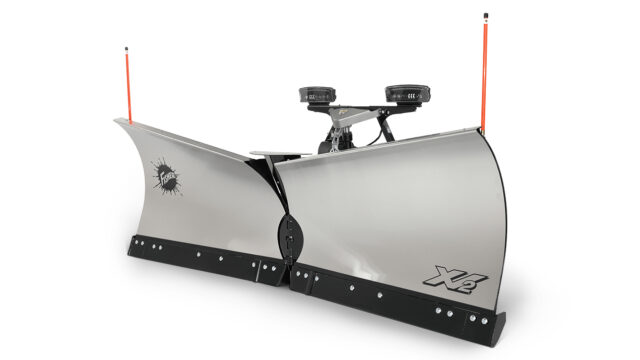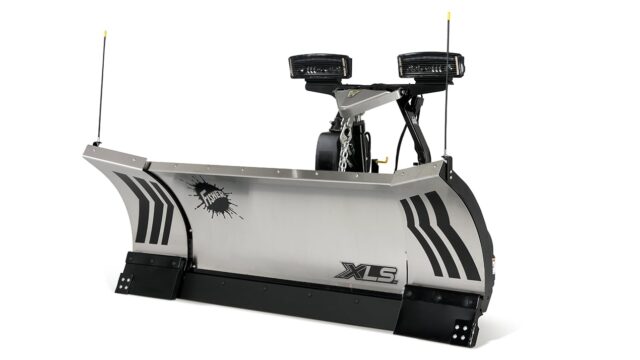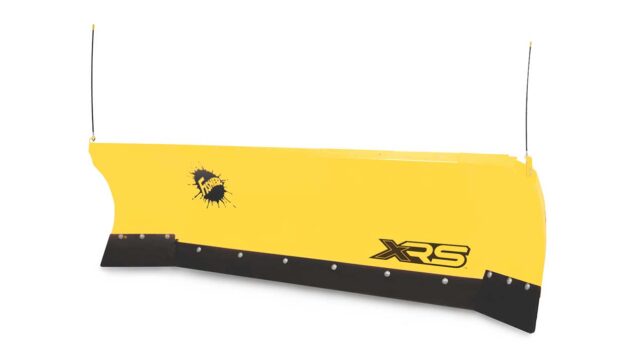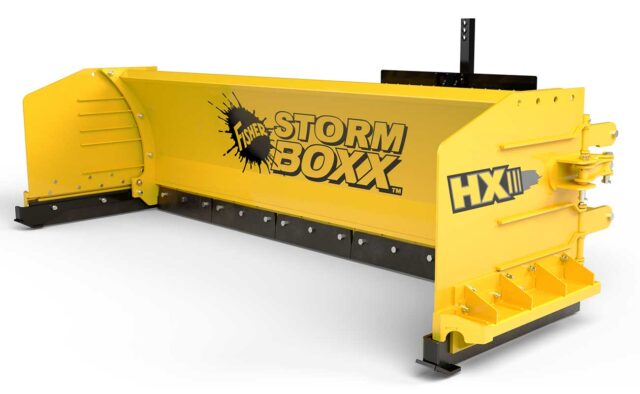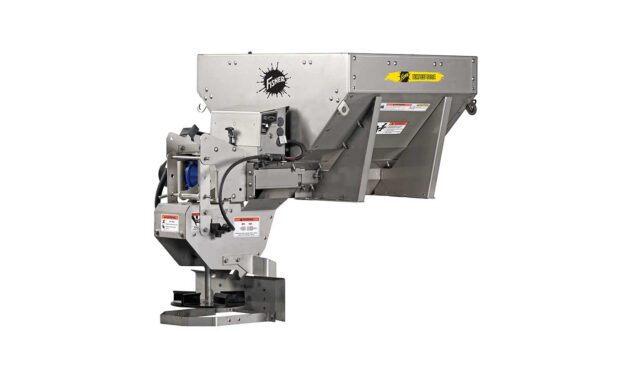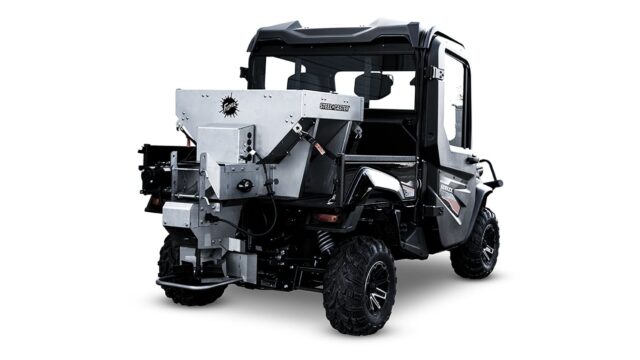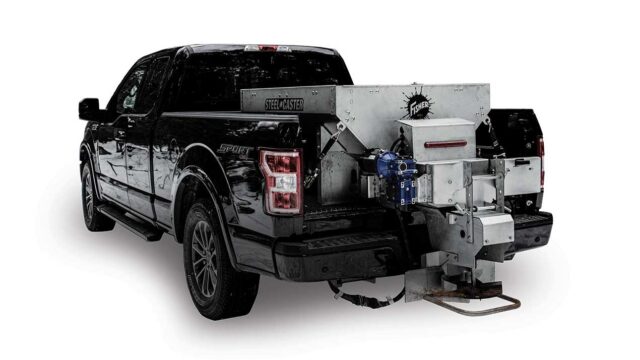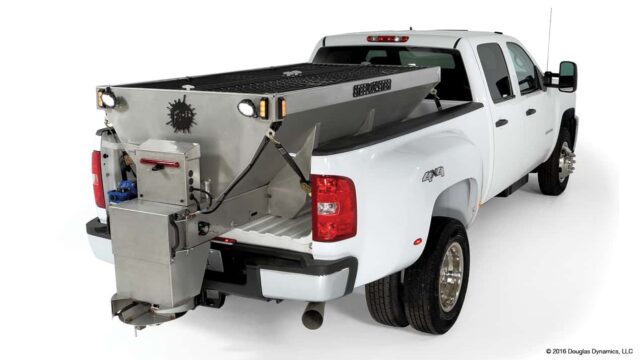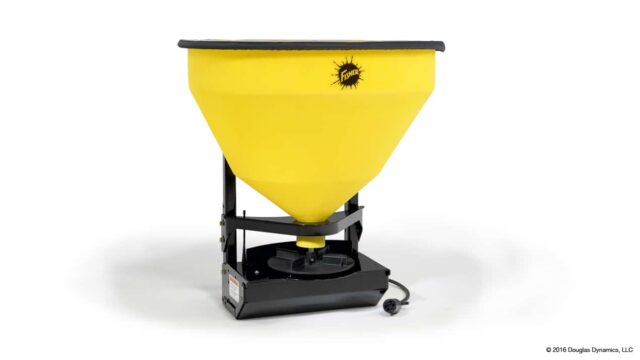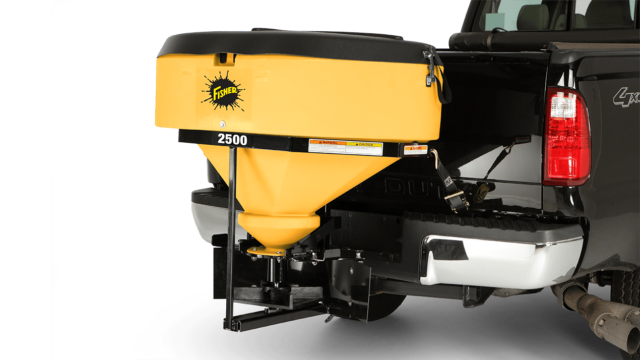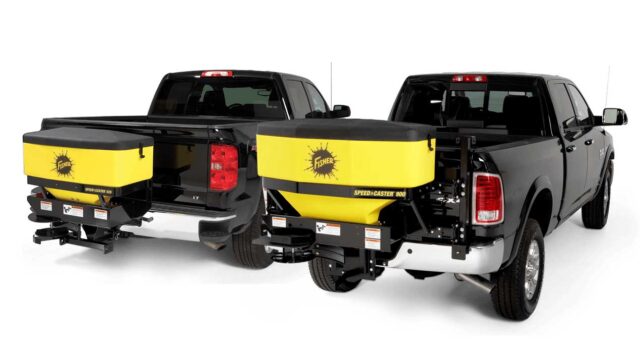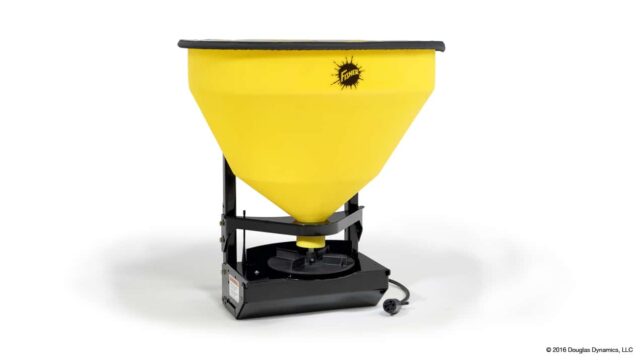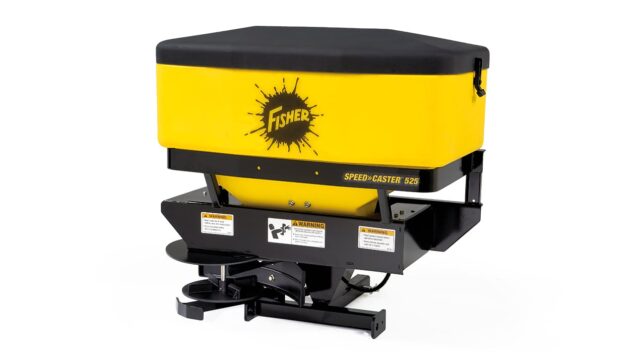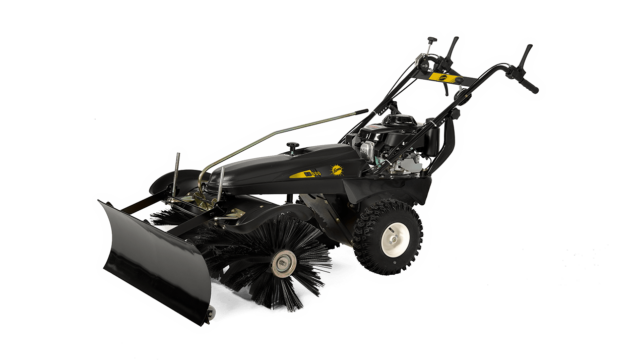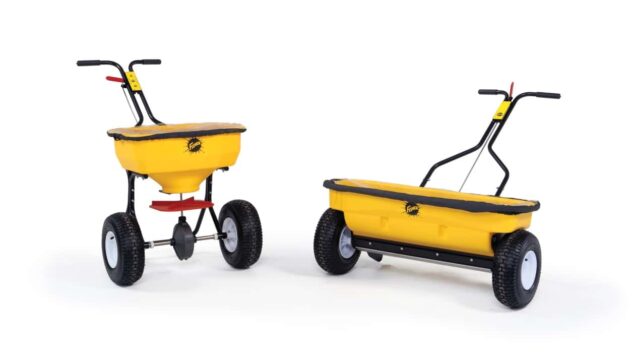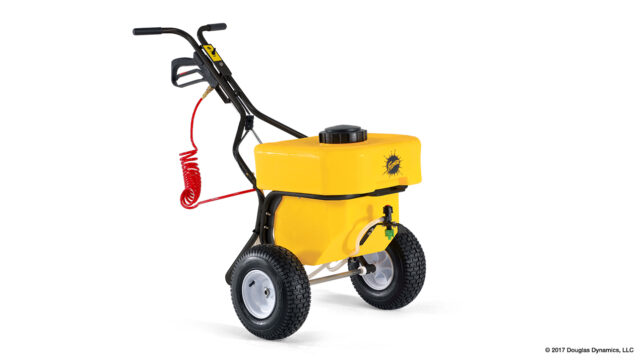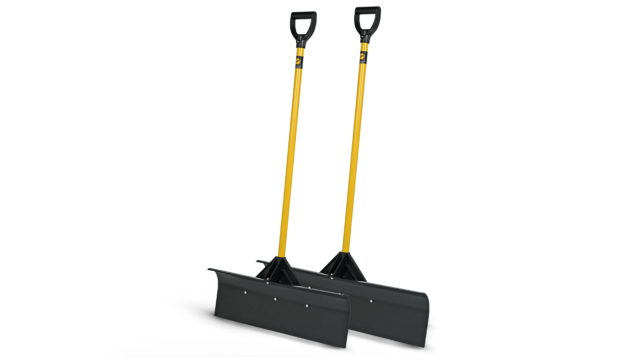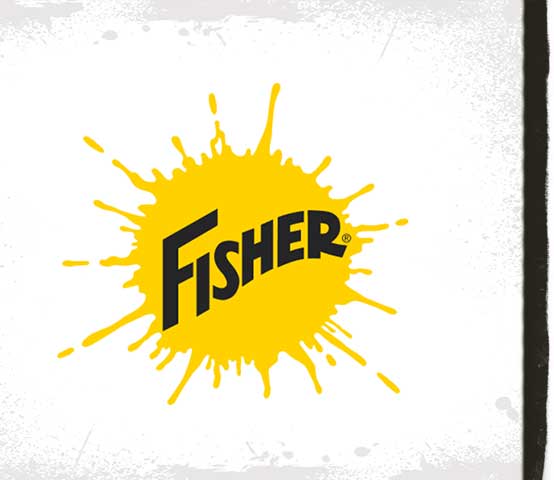What a Plow Transfer Takes & When to Buy New
Created August 30, 2022
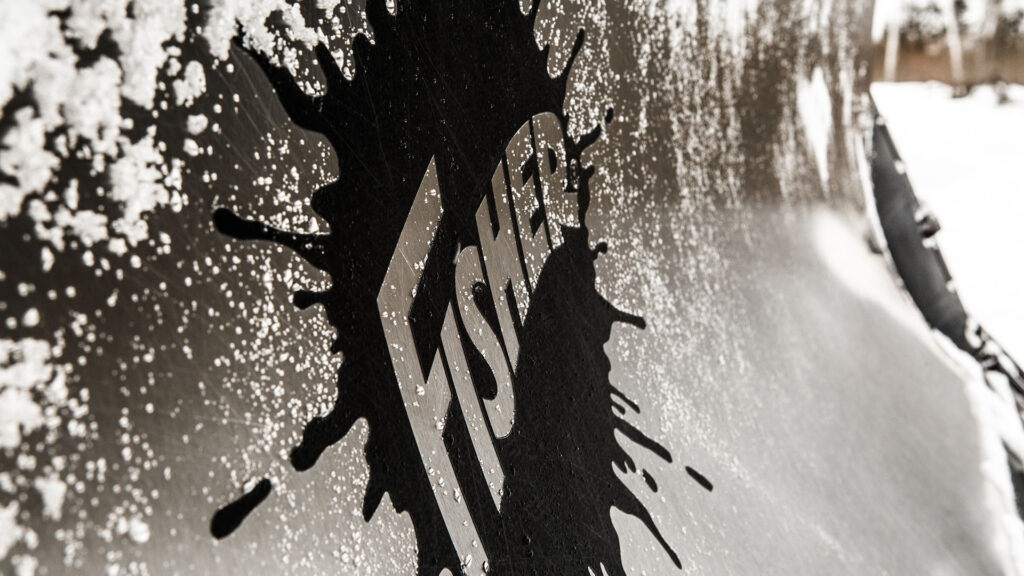
When it’s time to replace your snow plow vehicle, a big decision is whether to keep your existing plow and transfer it to a new vehicle or to buy a new plow. Ultimately, it comes down to usage. Consider the following aspects when contemplating a snowplow transfer.
New Plow vs. Plow Transfer: Which Is Best for You?
Contractors that plow-for-profit (especially for commercial applications) need equipment that is reliable and can stand up to winters worst. Older plows that are starting to show signs of wear and tear simply won’t perform as well. If you can afford it, buying a new plow or vehicle is generally the ideal choice because it is a business investment that requires less repairs and allows you to spend less time doing maintenance and more time making money. Plus, new equipment usually comes with a warranty.
If cost is a big factor or you just recently purchased new equipment in the last few years, it may make more sense to buy used or keep your existing plow and transfer it to a new vehicle. This is common for homeowners planning for moderate use, those not plowing for profit, or some light residential contractors.
Plan ahead and contact your local dealer in summer or early fall to schedule a new installation or plow transfer. Once winter comes, dealers are in high demand and parts may be difficult to find.
Verify the Plow & Vehicle Fit with eMatch
Whether you’re installing new plow or doing a plow transfer, the first step is determining plow and vehicle fit. The easiest way to do this is to visit FISHER® eMatch. Input your vehicle specifications and the system will determine which plows are applicable and note if any specific components need to be replaced or if modifications are needed for your setup.
NOTE: If your vehicle is not listed in eMatch, it does not have an approved snow plow application based upon Fisher Engineering’s guidelines in compliance with Federal Motor Vehicle Safety Standards (FMVSS). Due to certain weight constrictions, the approved plow applications will vary for each vehicle.
Before making a purchase, it’s helpful to know which plow model, electrical system, and mounting system you’re working with for a plow transfer. Most universal electrical components on the vehicle side can be transferred over as long as the installer determines they are in good working condition. The components that can vary from truck to truck are mount, headlamp harness, and isolation module (within the same electrical system).
Determining Plow Type & Information to Gather Before Starting
The first step in preparing for a plow transfer is determining the electrical and mounting for the truck and the plow. This video will cover a wide range of scenarios to assist with the most common plow transfer situations.
Plow Model
There are several different types of plows, some with different mounting and electrical systems. When planning to transfer or convert a plow, you’ll need to know the plow model and the current systems that the plow and truck have in place. The plow model can typically be determined by looking at the back of your blade. If you’re having trouble, contact your local dealer to help determine model.
Electrical System
To determine your plow’s electrical system, you’ll need to count the number of plugs, along with the number of pins within each plug to indicate if you have an isolation module or headlight relay system. These electrical plugs are located near the truck grille and plugs into the plow. Depending on the electrical system, there will be two or three plugs coming out of the grille.
If your system has two plugs, it is important to know whether it is an older two-plug relay systems with a battery connector or a multiplex two-plug system with one plug for the battery cable and one for the headlights.
Old two-plug relay systems have a battery connector with 2 large pins and the second connector for the plow lights contains either 9 or 12 pins. A FLEET FLEX electrical system has 2 plugs, one for the battery cable and one for the headlights. The battery cable plug has 4 pins (2 small and 2 large pins). The headlight plug will contain either 11-pins for halogen lights or 16 pins for LED lights with an isolation module under the hood to transfer lights from truck to plow.
- NOTE: Some newer trucks with newer-style headlamps will not be compatible with the older relay lighting and four-port module lighting system. In these cases, you’ll have to upgrade the plow’s lighting and electrical system to the three-port module before any plow transfer.
If your system already has three plugs, check whether you are using a three-port isolation module or a four-port isolation module. A three-port isolation module has three harness plug-ins, while the four-port isolation module has four harness plug-ins. Because these differ from each other, they use different headlamp harnesses that are not interchangeable between the two and could require a conversion kit and adapter.
- NOTE: Properly identifying the type of headlamps on your vehicle is essential to ensure the correct vehicle-specific plug-in harness and isolation module are installed. LED lighting has its advantages but making the switch usually means that you need to replace the headlamp harness and module. For help identifying headlamp type and how to find the correct parts for your vehicle-specific headlamps, check out this video.
Mounting System: Original Minute Mount vs. Minute Mount® 2
The mounting system can be determined by the style of headgear connecting pins. An original Minute Mount plow will have a pin on each side of the plow that need to be pulled individually before the release handle can be pulled to disconnect it. The new Minute Mount 2 plows will have one handle that you pull down to release both connecting pins simultaneously.
- NOTE: Older mounts are extremely common for plow transfers, given their simple and straightforward design. Keep in mind that 2007 and newer Chevy, GMC, and Toyota Tundra vehicles may not be compatible with the original Minute Mount due to incompatible headgear and bumper fittings.
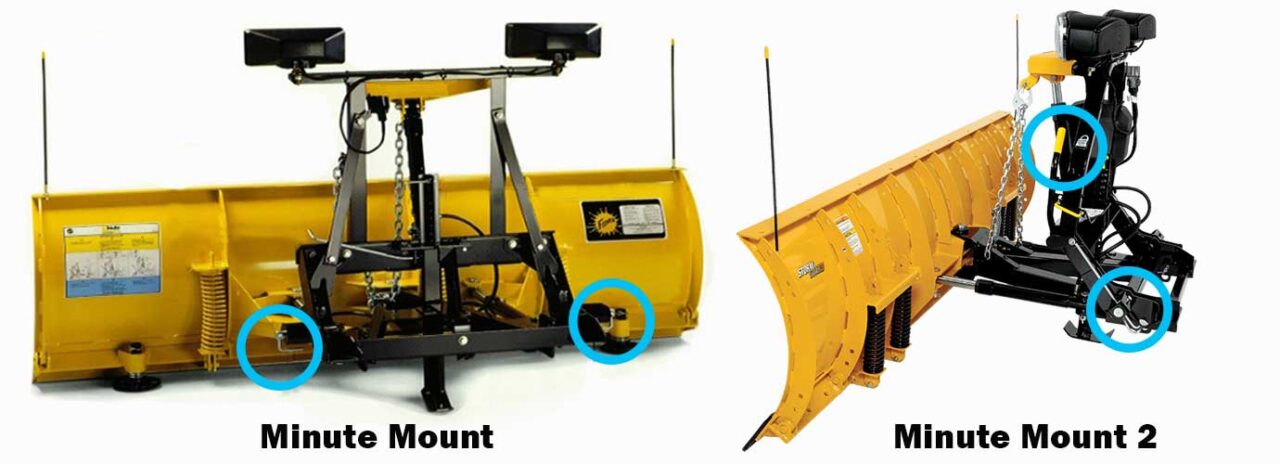
Importance of Installing a New Electrical Harness
If you already have a wired plow or truck with a three-plug system, you should be able to transfer the common, universal parts (plow, control harness, vehicle battery cable, and controller). However, pay close attention to what condition the cables and connectors are in before transferring. What is working now in your current setup may not hold up once it’s all taken apart and put back together. Older battery cables tend to crack and become brittle with time, and wires can short out after long periods of use.
That said, it’s highly recommended to go with a new electrical harness for plow transfers, given the larger issues—and costly downtime—a damaged pin, wire, or cable can cause.
FISHER® Dealers Ready to Assist
Pulling off a successful plow transfer is no easy task. However, you don’t have to go at it alone. Contact your local FISHER dealer to get started today.
